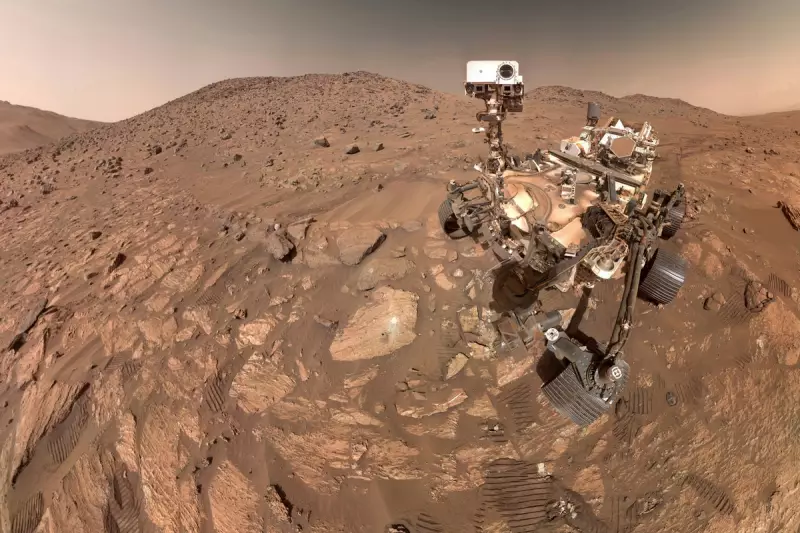
In a remarkable scientific breakthrough, researchers have captured what they believe to be the first conclusive evidence of lightning occurring on Mars. The discovery was made using audio equipment aboard NASA's Perseverance rover, which has been exploring the Jezero Crater since 2021.
The Sound of Martian Electricity
A French-led research team reported detecting 55 distinct instances of electrical discharges over the course of two Martian years, equivalent to approximately four Earth years. The crackling sounds were captured by a microphone mounted on the rover's tall mast, originally designed to listen to lasers zapping rocks for analysis.
The electrical phenomena, described by scientists as "mini lightning," occurred primarily during dust storms and dust devils - swirling columns of Martian dust similar to miniature tornadoes. Nearly all detections happened on the windiest Martian days, when atmospheric conditions were most active.
How the Discovery Was Made
Study lead author Baptiste Chide from the Institute for Research in Astrophysics and Planetology in Toulouse explained that his team analysed 28 hours of audio recordings from Perseverance's microphone system. The researchers documented episodes of electrical activity based on both acoustic signals and electric signatures in the data.
"It opens a completely new field of investigation for Mars science," Chide stated, highlighting the potential chemical effects from electrical discharges. "It's like finding a missing piece of the puzzle."
The electrical arcs detected were relatively small - just inches in size - and occurred within 6 feet (2 metres) of the rover's microphone. The sparks, comparable to static electricity on Earth, were clearly audible despite competing noises from wind gusts and dust particles hitting the recording equipment.
Scientific Implications and Caution
While the evidence appears compelling, some scientists urge caution. Daniel Mitchard of Cardiff University, who was not involved in the study but wrote an accompanying article in Nature journal, noted that the evidence comes from a single instrument not originally designed for lightning detection.
"It really is a chance discovery to hear something else going on nearby, and everything points to this being Martian lightning," Mitchard acknowledged. However, he added that "until new instruments are sent to verify the findings, I think there will still be a debate from some scientists as to whether this really was lightning."
The research reveals that electrical discharges generated by fast-moving dust devils lasted just seconds, while those from larger dust storms could persist for up to 30 minutes. Chide described the phenomenon as "like a thunderstorm on Earth, but barely visible with a naked eye and with plenty of faint zaps."
Mars's thin, carbon dioxide-rich atmosphere absorbs much of the sound, making some discharges barely perceptible. Interestingly, the Martian atmosphere appears more prone to electrical discharging than Earth's due to contact between dust and sand grains.
While the discovery confirms electrical activity on Mars, scientists reassure that future human explorers needn't fear being struck by lightning. Mitchard noted that the "current evidence suggests it is extremely unlikely that the first person to walk on Mars could be struck down by a bolt of lightning." However, the frequent static-like discharges could pose challenges for sensitive equipment during future missions.
This isn't the first time Perseverance has shared Martian sounds with Earth - previous transmissions have included the rover's wheels crunching over the surface and the whirring blades of its companion helicopter, Ingenuity. The lightning discovery represents another significant step in understanding our planetary neighbour's atmospheric behaviour.





